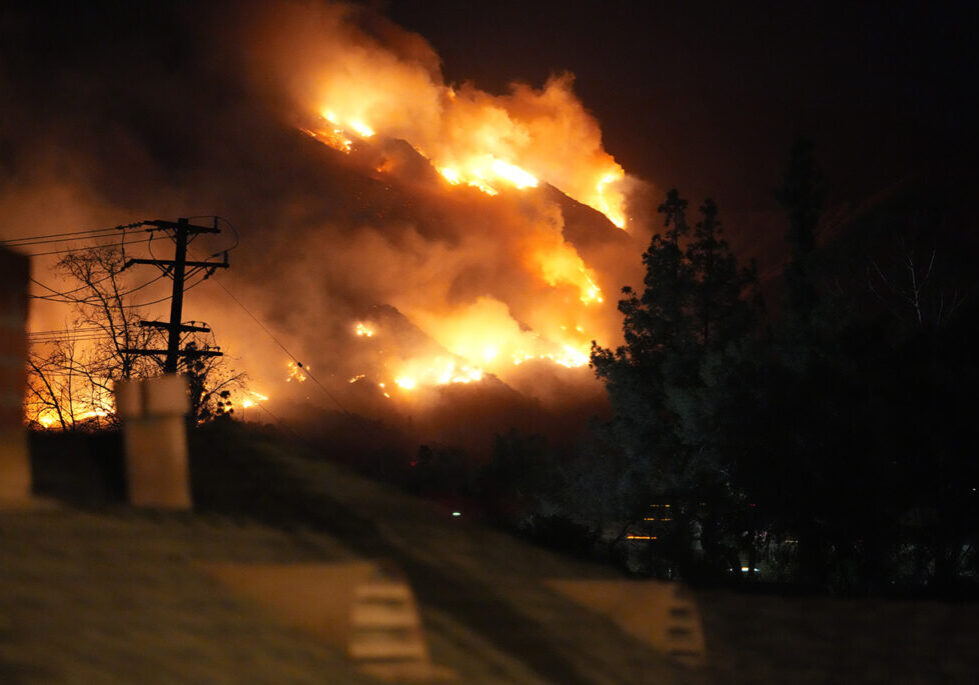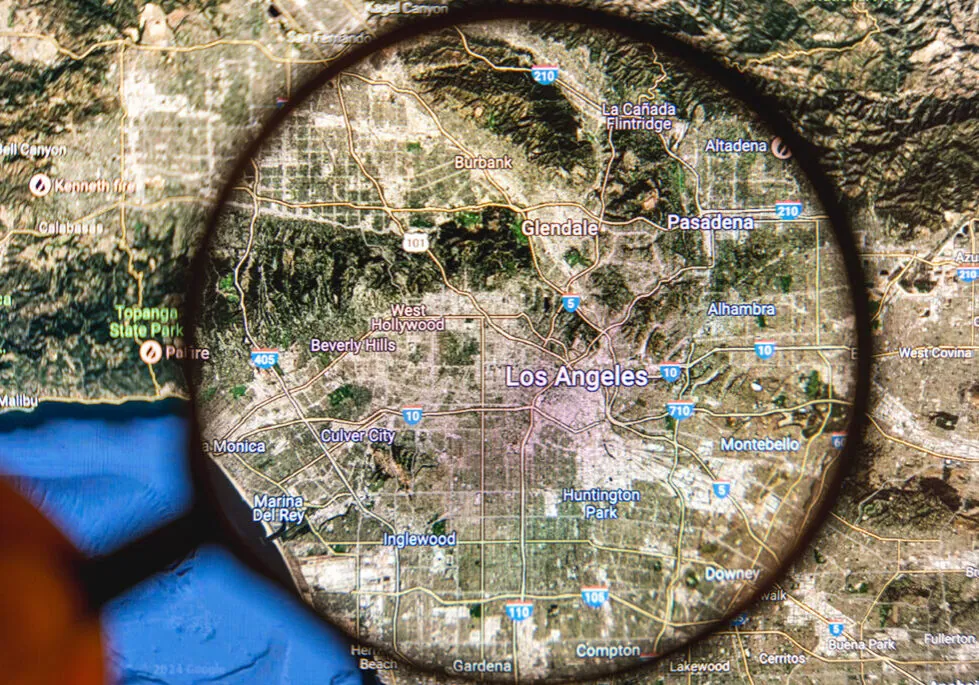California is home to some of America’s most innovative spaces for play, from Monterey’s whimsical Dennis the Menace Playground to Berkeley’s unique Adventure Playground. While playgrounds offer children invaluable opportunities for play and development, they also come with inherent risks. A recent case in Palo Alto, CA, illustrates this reality: in 2020, the local school district agreed to pay $200,000 to settle a lawsuit involving a student injured on an elementary school playground in 2018.
This settlement, while not an admission of liability, highlights the complex issues surrounding playground injuries. Each year, thousands of children across the United States experience such injuries, ranging from minor scrapes to serious incidents requiring medical attention.
This very general overview will help you better understand the issue of playground injury liability, exploring common types of injuries, safety standards, and general steps to take if your child is injured.
The Scope of Playground Injuries
Playground injuries are a significant concern for parents, educators, and healthcare professionals. The Centers for Disease Control and Prevention (CDC) provides important data that helps us understand the scale and nature of these incidents.
According to the CDC, each year in the United States, emergency departments (EDs) treat more than 200,000 children ages 14 and younger for playground-related injuries. Of these, more than 20,000 children are treated for a traumatic brain injury (TBI), including concussion.
The CDC emphasizes that these injuries at home and at play are not mere accidents – they can be prevented. This perspective underscores the importance of understanding the patterns and causes of these injuries to implement effective prevention strategies.
Here are some key findings from the CDC’s data:
- About 56% of playground-related injuries treated in EDs are fractures and contusions/abrasions.
- Approximately 75% of injuries related to playground equipment occur on public playgrounds, with most happening at places of recreation or schools.
- About two-thirds of playground-related TBIs occurred at school and places of recreation or sports, often involving monkey bars, climbing equipment, or swings.
- Most ED visits for playground-related TBIs occur during weekdays, Monday through Friday.
- Playground-related TBI ED visits occurred frequently during the months of April, May, and September.
These statistics provide valuable insights into when and where playground injuries are most likely to occur, as well as the types of injuries that are most common. By understanding these patterns, parents, educators, and community leaders can take more informed steps to prevent injuries and ensure safer play environments for children.
Determining Liability in Playground Injury Cases
The Complexity of Liability
When a child is injured on a playground, determining liability can be a complex process. It requires a thorough understanding of legal standards, safety regulations, and the specific circumstances of the incident.
Potential Responsible Parties
Potential responsible parties in a playground injury case can include:
- Property owners (public or private)
- Playground equipment manufacturers
- Maintenance companies
- Schools or daycare centers
The specific circumstances of each case determine which of these parties may be held liable.
Factors Considered in Liability Investigation
When investigating liability, several factors are typically considered:
- Compliance with current safety standards
- Proper maintenance and inspection records
- Adequacy of supervision
- Presence of warning signs
- The specific circumstances of the injury
The Importance of Maintenance and Supervision
Regular inspection and maintenance of playground equipment are not just safety measures, but legal responsibilities. Similarly, proper supervision, especially in school or daycare settings, is crucial. Failure to meet these responsibilities could potentially lead to liability in case of an injury.
The “Danger Creation” Theory
An important legal principle to consider in playground injury cases is the “danger creation” theory. This concept was established in California by the 2001 case of Lugtu v. California Highway Patrol. While not specifically about playgrounds, this case established that a public entity can be held liable if it creates a dangerous condition or increases the risk of harm.
In the context of playgrounds, this theory could apply if, for example, a school or park installs equipment unsuitable for certain age groups or fails to address known hazards. Under this principle, they could potentially be held liable for injuries resulting from these actions or omissions.
Navigating Legal Standards
It’s important to note that liability isn’t always clear-cut. Legal standards can vary depending on whether the playground is on public or private property, and whether it’s operated by a school, a municipality, or a private entity. Each situation may be subject to different laws and standards of care.
The Need for Nuanced Understanding
Determining liability often requires a nuanced understanding of both the law and the specific details of the incident. Factors such as the age of the child, the type of equipment involved, and the actions of supervisors or caretakers all play a role in establishing responsibility.
Implications for Parents
For parents seeking to understand their rights and options after a playground injury, it’s important to recognize the complexity of these cases. They often require thorough investigation and expert analysis to determine liability. If your child has been injured on a playground and you believe someone else may be at fault, it may be beneficial to consult with a legal professional who has experience in this area of law.
Steps to Take If Your Child Is Injured on a Playground
If your child has been injured on a playground, consider taking the following general steps:
- Seek immediate medical attention for your child.
- Document the incident thoroughly
- Take photos of the injury and the playground equipment involved
- Gather contact information from any witnesses
- Keep all medical records and bills
- Report the incident to the property owner or manager
- Avoid discussing fault or signing any documents without legal counsel
- Contact an experienced personal injury attorney to discuss your options
When to Seek Legal Recourse
- You may have grounds for legal action if, for instance:
- The injury resulted from negligent maintenance or supervision
- The playground equipment was defective or improperly installed
- Safety standards were not met or were inadequately enforced
- The injury led to significant medical expenses, pain and suffering, or long-term effects
Contact Penney & Associates
By understanding playground injury liability and knowing what steps to take if an accident occurs, you can better protect your child’s rights and well-being.
If your child has been injured on a playground and you believe someone else may be at fault, don’t hesitate to reach out to Penney & Associates. Our experienced team is here to provide the guidance and support you need during this challenging time. We are conveniently located across California, including Chico, Los Angeles, Rocklin, Roseville, Santa Clara, Sacramento, and more.
Contact us today for a free consultation.
Read More
What to Do If You’re Injured in a Halloween Accident
What Is Uninsured and Underinsured Motorist Coverage on Your Insurance?
Distracted Driving: The Most Dangerous Cities for Pedestrians



